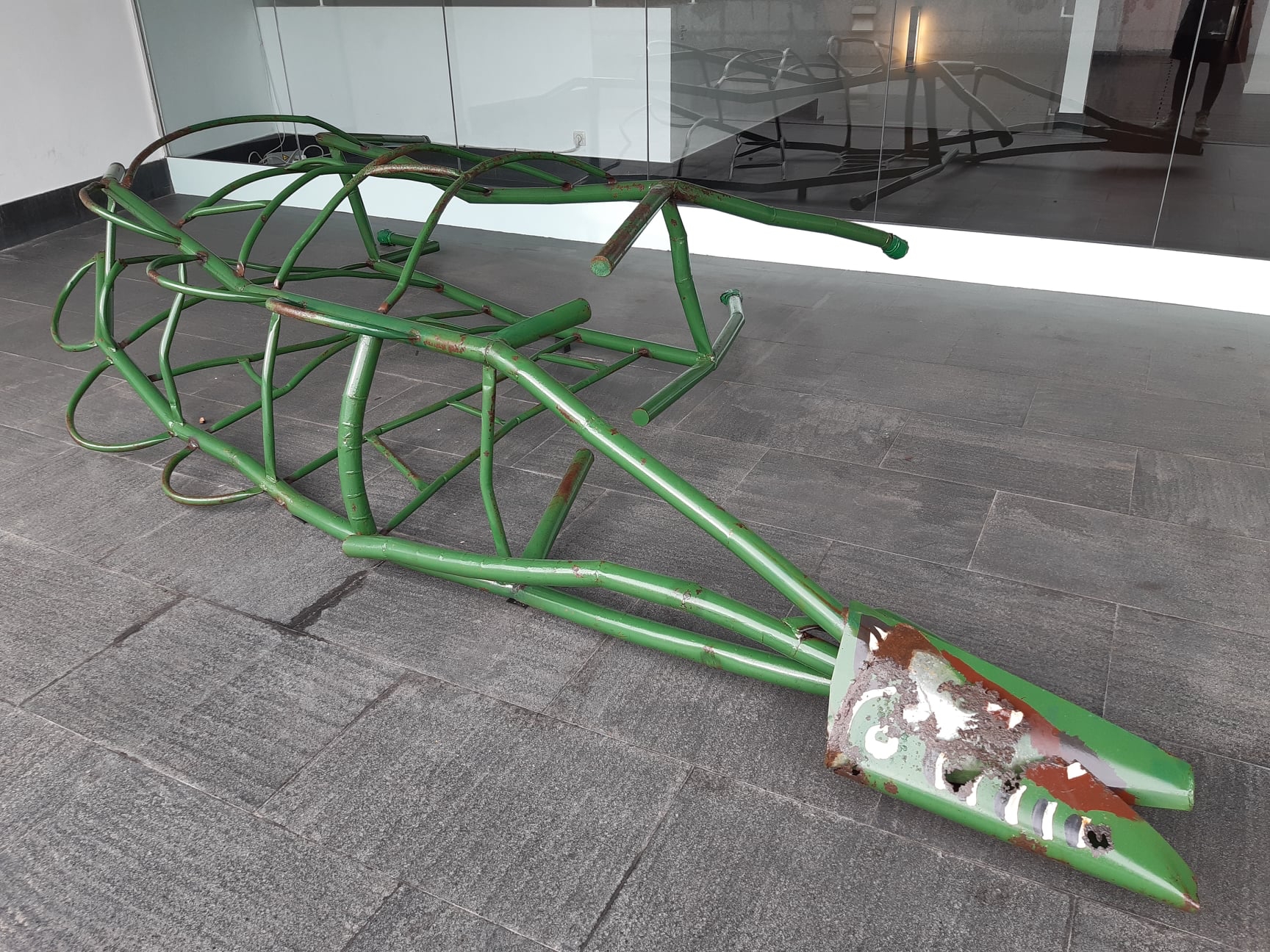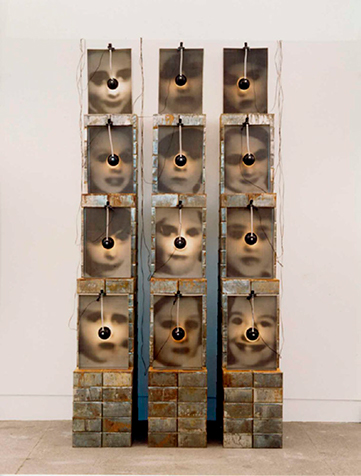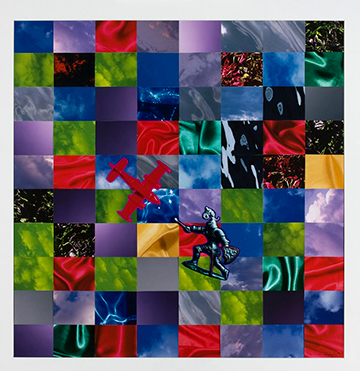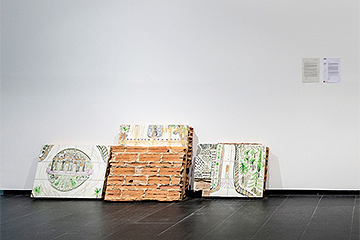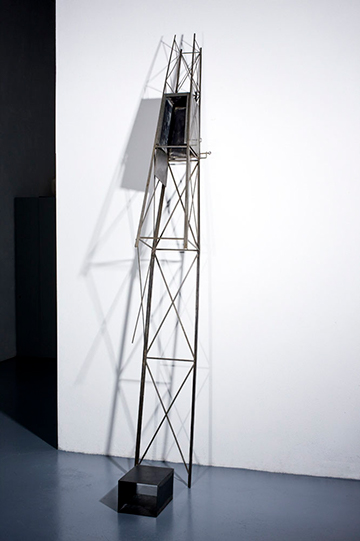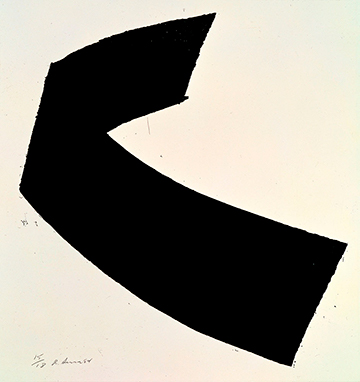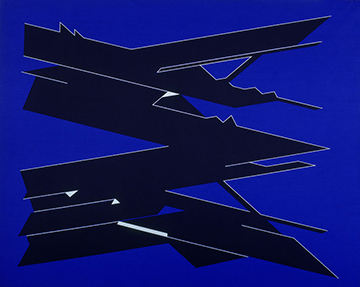This autumn's cinema series is a celebration of the audio-visual media that is part of the Centro de Arte Dos de Mayo Museum’s public heritage. Our collections feature many pieces of video art encompassing the last decades of audio-visual history, both nationally and internationally. In recent years, we have also decided to make a strong commitment to promoting experimental and exhibition cinema, as we consider the moving image to be a fundamental heritage in present-day culture and, above all, because it is important to have a museum record of the great moment that film is currently experiencing in Madrid.
Dialectal Cinema is an ideal accompaniment to Dialecto CA2M. It will allow us to watch some of the most interesting films acquired in recent years in their authors’ own voices. In other words, it will follow the traditional cinema and colloquium format, but with exceptional artists.
Non-commercial cinema is a fundamental element for the opening of the CA2M Collection. Luis López Carrasco (Murcia, 1981) will open the cycle with The Future (2013), a film of unique generational importance. This was his first big hit before the acclaimed The Year of Discovery (2020). Another documentary film, Everyone likes bananas, brings Rubén H. Bermúdez (Móstoles, 1981) back to our museum, collectively addressing the day-to-day experience of blackness in Spain as part of an impressive community exercise. The Science fiction category will be represented by Ion de Sosa (San Sebastian, 1981), who adapted Philip K. Dick's Androids Dream of Electric Sheep into a dystopian Benidorm during low season.
Lois Patiño (Vigo, 1983) has been a leading voice in the field of exhibition cinema, a less narrative format that acts as a loop for exhibition spaces, over the last decade. In Shady Mountain, the viewpoint and light reveal the geological formation as a place of coexistence, a sublime place to live. Films by Alex Reynolds (Bilbao, 1978) defy conventional narrative by displaying the affective structures that glue viewers to the screen.
In the final session can chat with three quite different video artists. Ana Esteve (Agres, 1986) discusses cinema itself and its conventions in her films. In The Magic Screen she turns a city built on the East Coast of Spain, the Levante, which is still a potential dream, into an archaeological site. Cristina Garrido (Madrid, 1986) uses a cliché promotional documentary to explain a new kind of art. This film is shown at art fair stands and Garrido herself considers it to be another artistic genre altogether: just like painting, the art featured at the fair pavilion. Finally, Mar Reykjavik (Sagunto, 1995) reflects on the creation of identity through new technologies and the virality of networks. My body, my rules analyses the potential relationships and escapes resulting from viral challenges.
In addition to these dates, and for the duration of the CA2M Dialect exhibition, all the video pieces from the CA2M Collection and the ARCO Foundation Collection will be available for viewing in a cinema on the second floor of the museum. There, visitors can choose which piece they want to watch and enjoy the possibilities that the cinematographic medium offers for current artistic expression.
This autumn's cinema series is a celebration of the audio-visual media that is part of the Centro de Arte Dos de Mayo Museum’s public heritage. Our collections feature many pieces of video art encompassing the last decades of audio-visual history, both nationally and internationally.
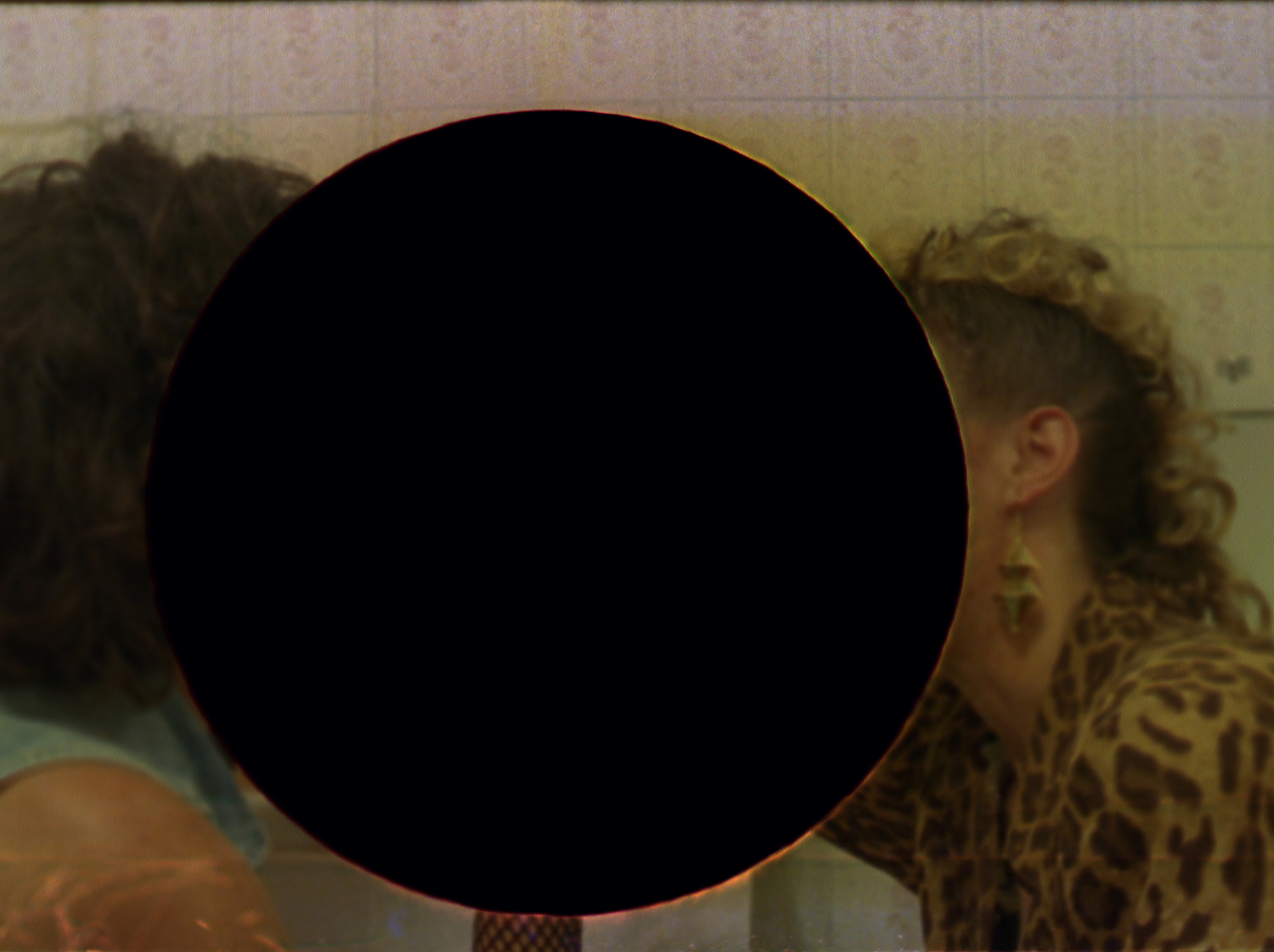
Fotograma de El Futuro, Luis López Carrasco, 2014.
